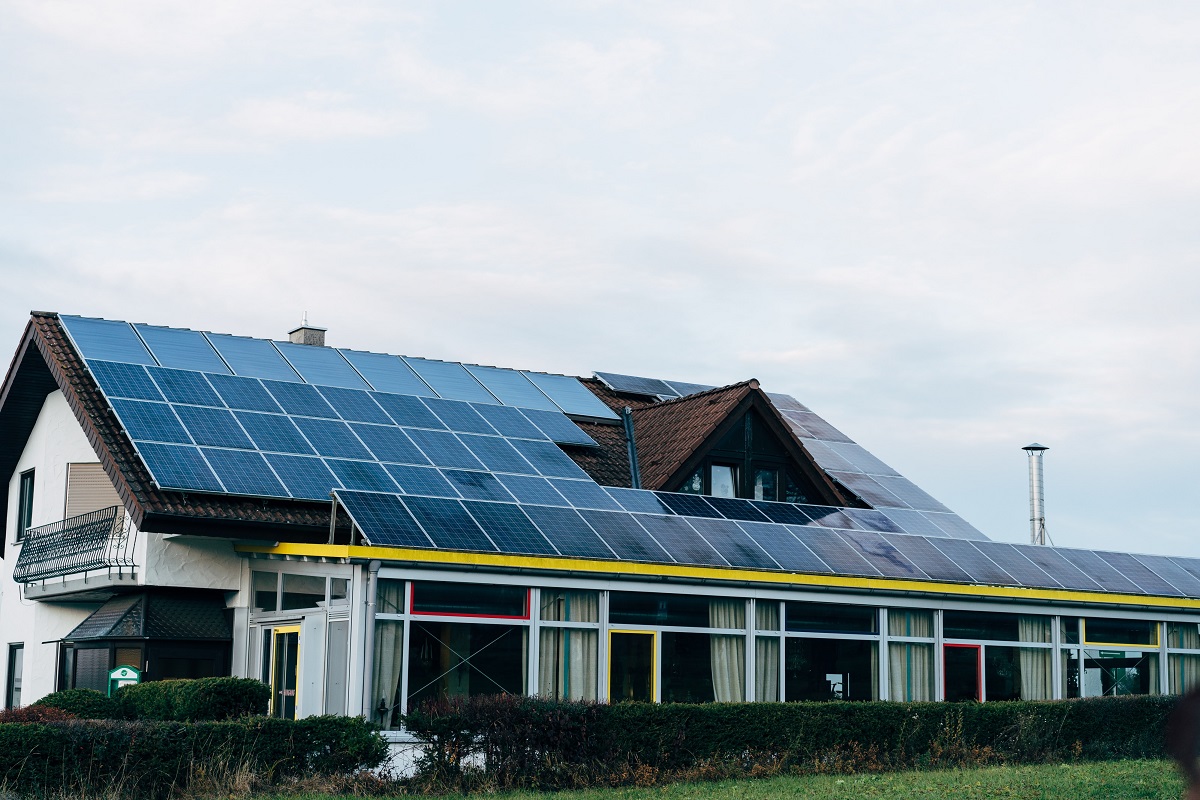Implementing renewable energy sources for homes includes examining your current power usage, reviewing local rules and standards, determining whether you want to run your system on or off the grid, and learning about the technological alternatives available for your location.
Perhaps you’re thinking of investing in a renewable energy system to power your house. Although researching, purchasing, and maintaining a system takes time and money, many individuals like the freedom they receive and the assurance that their activities are benefiting the environment.
Solar electric systems, wind electric systems, micro-hydropower systems, and hybrid electric systems may all be used to provide some or all of your energy requirements with renewable energy systems.
The first step in researching renewable energy sources for homes is to figure out how much power you use. A detailed study of your power demands may help you calculate the size (and hence cost) of the system you’ll need, as well as how your energy needs change throughout the day and year, and what steps you might take to minimize your energy use.
The wattage and average daily consumption of all electrical items hooked into your central power sources, such as refrigerators, lights, televisions, and power tools, are recorded during a load study. Some loads, such as your refrigerator, consume electricity continuously, while others, such as power tools, consume electricity only occasionally.
Selectable loads are electrical loads that utilize electricity on a regular basis. You may be able to install a smaller renewable energy system if you are prepared to utilize your chosen loads only when you have excess power available.
To start, you’ll need a fundamental grasp of how each type of technology works, as well as access to renewable energy resources, system siting, system sizing, laws and regulations, maintenance and support, risks, and concerns.
All of these technologies may be employed independently, in combination, or in conjunction with a fossil fuel system. A hybrid system is created when various technologies are blended or utilized in conjunction with a fossil-fuel generator.
Solar, wind, micro-hydropower, and solar and wind electric systems are some of the technological possibilities available.

